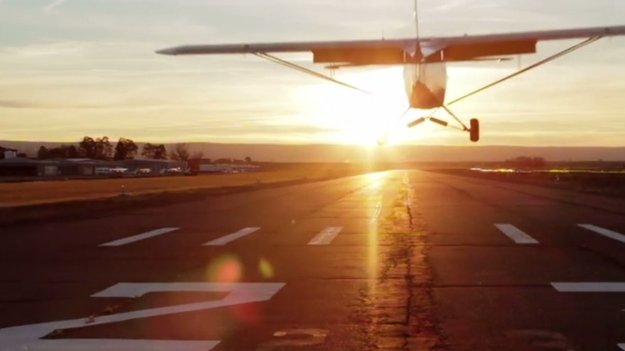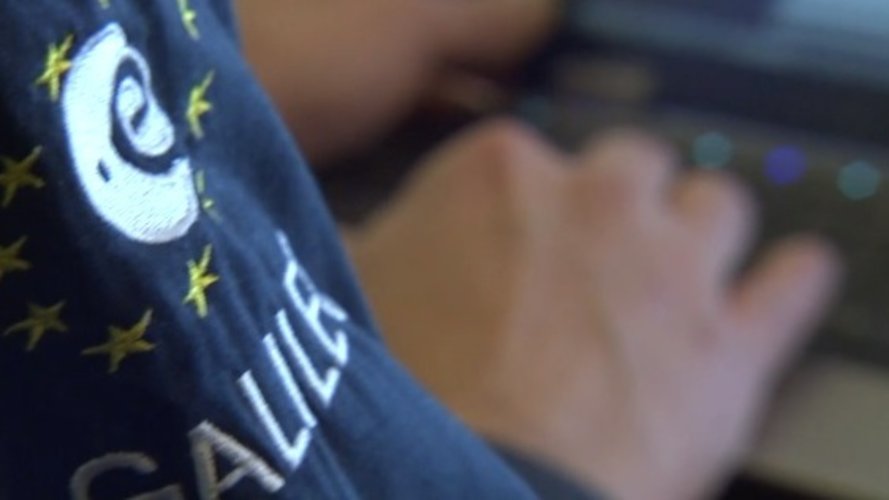ESA Navigation 
zdroje zpráv:
EGNOS for safer skies
12.2.2016 13:14
This new video explains how the ESA-designed EGNOS satnav augmentation system is making European aircraft landings even safer
Galileo signals covering more of the sky
2.2.2016 10:38
Europe’s ninth and tenth Galileo satellites have started broadcasting working navigation messages.
Europe’s first decade of navigation satellites
28.12.2015 8:20
Ten years ago today saw the launch of Europe’s very first navigation satellite. A decade of hard work later, more than a third of the Galileo constellation has followed it into orbit and a ground network sharpening the satnav system’s accuracy encompasses the globe.
Galileo’s dozen: 12 satellites now in orbit
17.12.2015 14:40
The pace of deploying Europe’s own satellite navigation system continued to increase with today’s launch of the latest pair of Galileo satellites, doubling the number of satellites in space within nine months.
Galileos in the zone for launch
15.12.2015 16:42
Galileos 11 and 12 are on the launch pad, attached to the top of their Soyuz rocket in readiness for this week’s launch.
Navipedia
20.9.2013 14:26
Visit Navipedia, the web’s leading resource on satellite navigation: http://www.navipedia.net
Navipedia
20.9.2013 14:26
Visit Navipedia, the web’s leading resource on satellite navigation: http://www.navipedia.net
© geoinformace.cz CMS Toolkit

















